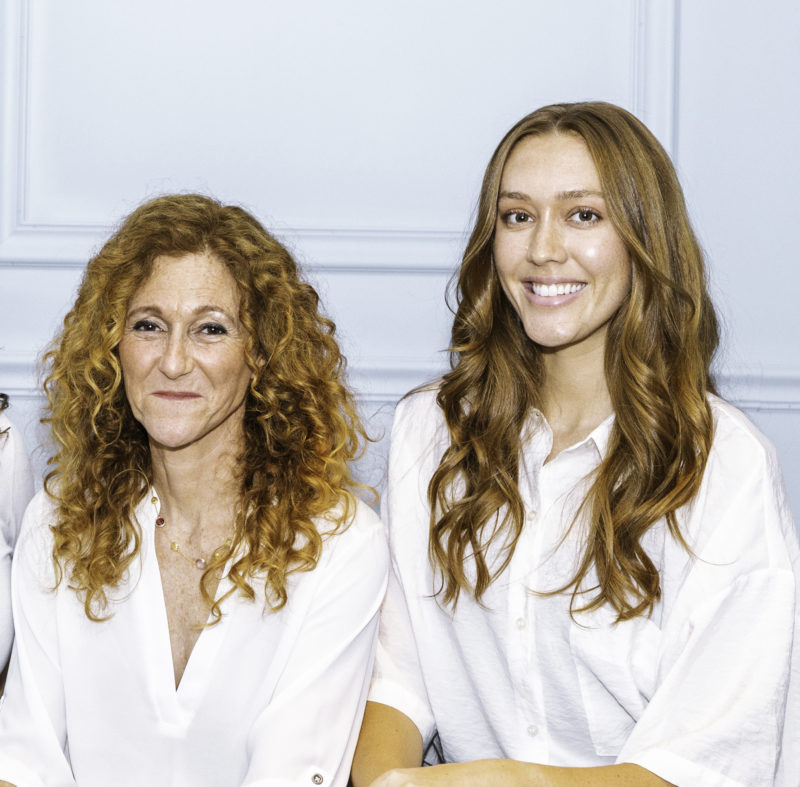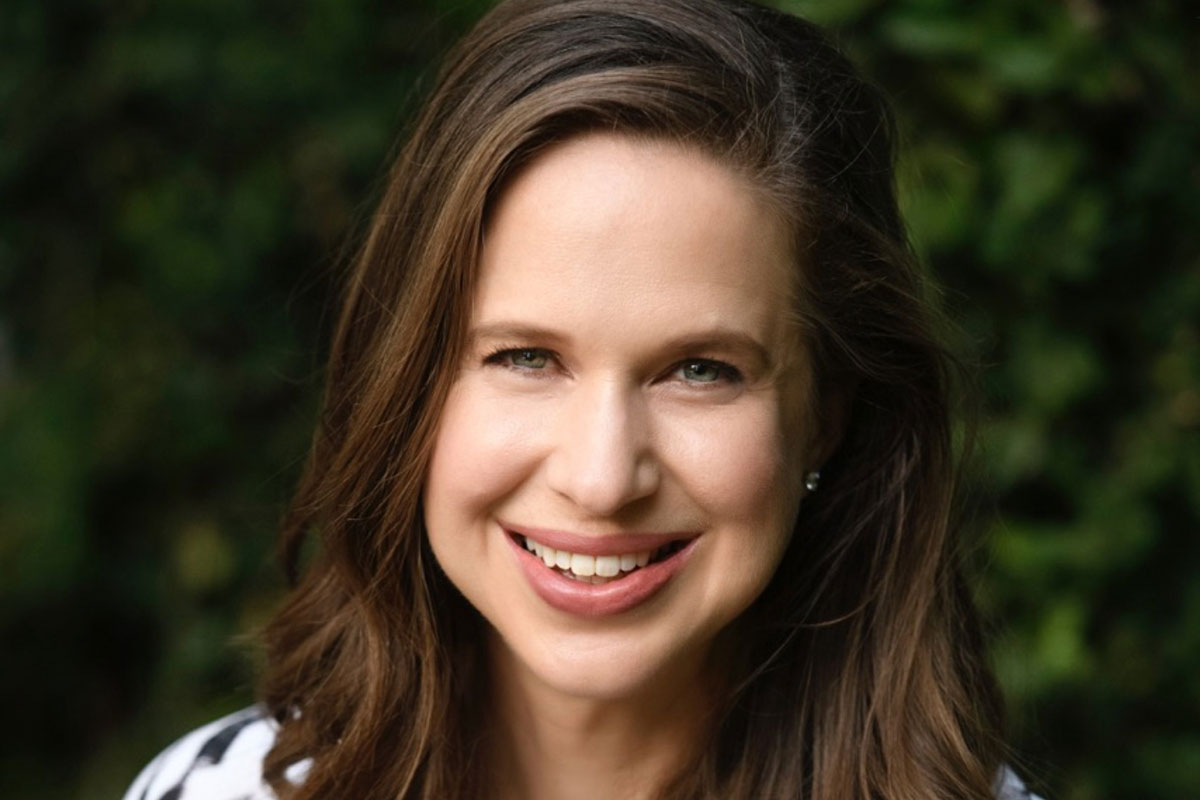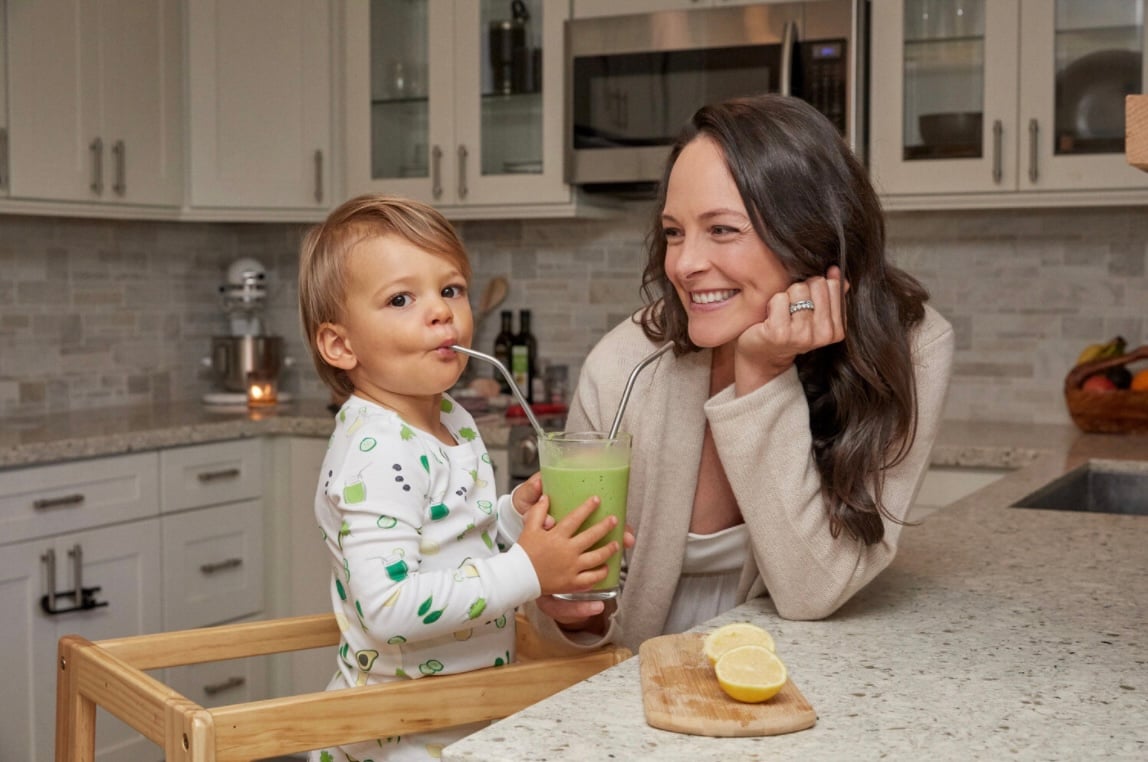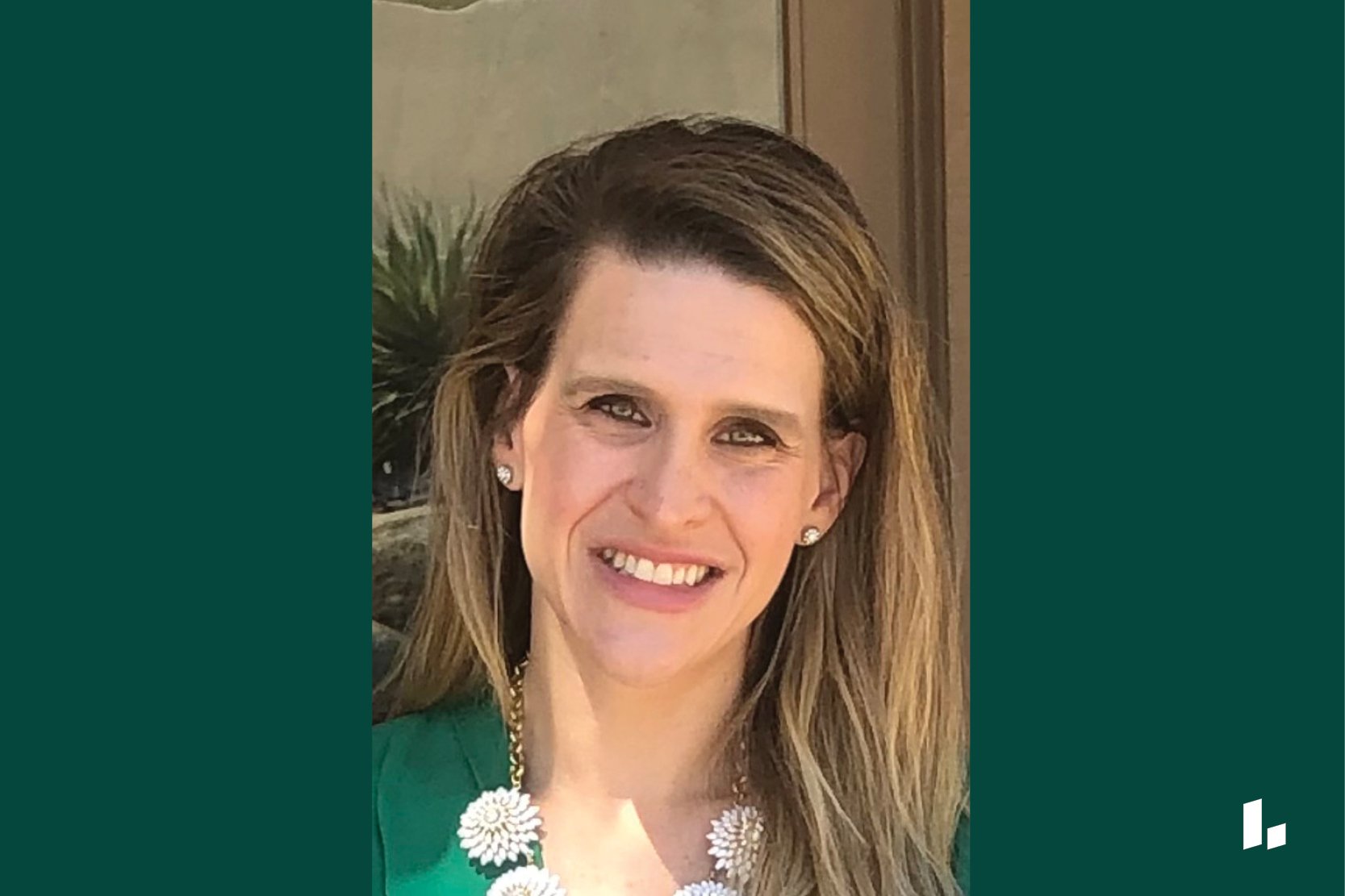Patients have long been frustrated at the doctor’s office by endless paperwork and lack of time with their provider. And doctors have been drowned in the inefficiency of electronic medical records that suck up time away from patient care, as well as a pressure to jump from one patient to the next. The answer just might be concierge medical care.
We spoke with Wellness Advisor Taylor Fazio, a registered dietitian, and lead physician, Dr. Shera Raisen, of The Lanby, a concierge medicine members club in New York City. Soon after their September 2021 launch, they reached capacity with membership. (Membership has since opened up again.)
The Club, which assigns patients a 3-person Care Team, cuts through a one-sized-fits-all standard of care to bring personalized medicine in a more comfortable environment. (Gone are the paper open-backed gowns and harsh lighting, in its place is a calming environment with spa-like fabric gowns and complimentary snacks and beverages.) Yearly membership, billed outside of insurance, includes unlimited visits, wellness assessments, on-site lab work, curated events, and programming.
Here’s what they had to say about why healthcare membership clubs are taking off, the value in teaming up with patients as co-members of their care, and how to empower patients.
We’re seeing this change in primary care to a concierge model. Where did this need come from, and how do you see that trend growing over time?
Taylor: The Lanby was born from people getting tired of the standard healthcare system in America. We’re rushed in and out of appointments, we’re not being heard, and our problems are not being solved. It’s an unpleasant experience.
By putting patients first in a model like The Lanby, healthcare becomes patient-centric and proactive instead of reactive.
What is the difference between someone’s experience with a traditional doctor’s visit compared to going to The Lanby?
Taylor: A typical person going to the doctor may do a routine annual visit. They might also go when they’re sick or have a medical concern. In our membership base, we’re seeing many people who are trying to be proactive about their health. They’re well-versed in the medical literature and even what metrics they want to see tested in their bloodwork. There’s an open dialogue between us and our members where we listen to them. I’ve learned things from our members!
This is the type of care we want to offer. We sit at a round table with a patient, so they have a seat where they feel empowered to be the healthiest version of themselves. That’s different from participating in your care more passively, where a patient doesn’t know what’s happening and is looking for someone to tell them what to do.
Dr. Raisen: There’s also the hospitality component. These days, in a traditional doctor’s office, it feels very cog-in-the-wheel. The office has 20 or 30 appointments to get through. For a patient, it’s not a good feeling. The Lanby makes an effort to give patients the sense that they’re welcome here. We’re here for you, like a hotel, to fulfill your needs. If we don’t address a patient’s questions during our time, we make time for a follow-up visit, either virtually or in person. There’s no rush, and our patients feel that they finally have the chance to say and ask anything.
What system-wide changes need to happen to make this type of model more scalable and accessible to more people?
Taylor: I think one of the significant components that has been missing in healthcare is technology and marrying it at a high level with reducing human error in the medical system. If you talk to anyone in the medical field, an electronic medical record system is maybe the least user-friendly thing to use. Instead, we can leverage tech to gain efficiency over the way things are currently done. For example, to reduce this administrative work so that providers can spend their time and energy giving a patient-centric approach where they’re listening.
Also, initiatives like ours can generate metrics that show this is a successful model, and it’s beneficial to leverage that on a grander scale. It will require overhauling an entire machine, so this will not happen quickly. With an informed approach, it will occur over time.
Dr. Raisen: There’s also potential for better use of AI to, for example, streamline the intake process. The patient could answer several questions on their phone before they come in, and the AI will tell the doctor what the likely issue is. That doesn’t replace personal interaction, but it makes it more efficient.
And on the other end of the spectrum, we see a lot of effectiveness with coaching in a group format: diabetes support groups, for example. This can add efficiency while also taking advantage of our social nature.
Eventually, when insurance companies see that a wellness-first approach produces better, less expensive outcomes, there will be more incentive for them to cover this kind of service.
Where is metabolic health on your radar as you work with patients?
Taylor: I’ve probably recommended CGM to 75 percent of the people we’ve seen thus far. For the most part, these patients do not have diabetes, but monitoring your glucose levels is relevant for everyone. We had a patient who said he stopped eating oatmeal and switched to yogurt solely based on his data.
A lot of the nutrition information from the 90s and early 2000s spread the message that caloric deprivation was the answer. CGM, paired with Levels, gives people a greater view of how to add nutrients in an impactful way. It’s not just calories in and calories out. There’s a whole metabolic system at play.









